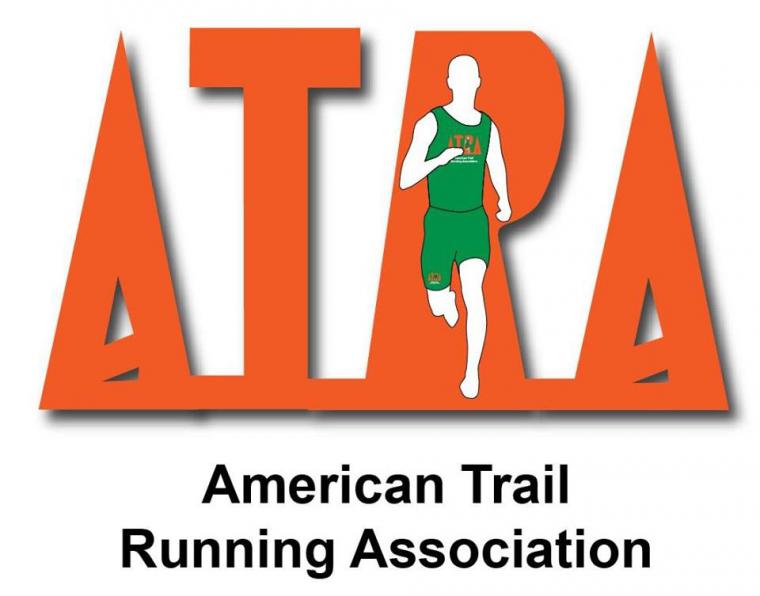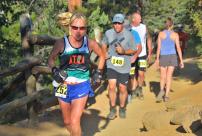

Sports Destination Management: We’ve heard outdoor sports events are growing in participation. Is trail running getting bigger too?
Nancy Hobbs: Off-road running is growing. We’re seeing more people participating in trail running, skyrunning and mountain running, plus the sport is growing in terms of the industry response. We’re seeing more editorial and advertorial coverage, more brand-name shoes for trail running, more apparel, more coaches who are specializing in this type of training. It’s definitely a force to be reckoned with.
SDM: Why do you think trail running is having such a growth spurt?
Hobbs: There are more channels for people to participate in the sport. It’s not just racing. There’s a lot of peace in off-road running. People see it as their me time. It’s easier on the joints and you get to visit some outstanding places.
SDM: Is it an even gender split or does it skew more to one?
Hobbs: What we are seeing is growth within the genders. There are still more men than women but we are working on ways to get more of an equitable balance by encouraging women to get out on the trail. Something else we’re working on is inclusivity. This is a sport in which blind runners with guides can participate and those who have physical challenges. We’re also trying to encourage runners of different ethnic backgrounds to try the sport.
 SDM: Is it just a sport for the young?
SDM: Is it just a sport for the young?
Hobbs: No, in fact, it’s trending a little bit older. The kids in the younger age groups aren’t going to be doing the 100-mile runs.
SDM: Is ATRA a governing body?
Hobbs: No – not at all. We’re not a rule-making organization; USA Track & Field is the rule-making body. We don’t sanction races, but we do offer suggestions for a successful event. We provide resources and educational materials for race directors.
SDM: How different is running a trail race event from running a road event?
Hobbs: Well, in one sense, events are events are events, but trail racing has some unique challenges that make if different from road running – like concerns about wildlife. There also are limits on many trails; you can’t have 10,000 people running down a single-track trail the way you could have them running down a city street during a marathon. You have to think about course markings and how you’re going to get support like water stations, medical personnel and so on. Typically, you won’t have to worry about road closures and your permitting will be a little different. There are a lot of crossovers but there are also a lot of nuances in planning trail running events.
SDM: One thing ATRA is involved in is the U.S. Trail Running Conference.
Hobbs: Yes, we partner with Active at Altitude on that and it has been held in Estes Park, Colorado, and San Luis Obispo, California. It includes sessions for race directors, an expo and presentations for runners.
SDM: People are likely to equate trail running with the mountains but it’s available in all 50 states.
Hobbs: There are trails just about everywhere, even in Central Park. You will find trails in the mountains but you can also find them at the seashore. Anywhere there is open land, you’ll find trails, so there are plenty of venues.
SDM: Part of ATRA’s stated mission involves the sustainable aspect of trail running.
Hobbs: There’s a lot of eco-friendliness about the sport. One of the things we encourage through ATRA is mindfulness in runners about the trails they use. There’s often no fee to run on a trail, but that doesn’t mean it doesn’t need nurturing. People built that trail and people need to take care of it. We encourage our runners to get out and give back. Trails are there because people maintain them. SDM

